 Australian Defence Science, Technology and Research (ADSTAR) Summit in Sydney and Online, 20 - 22 July.
Australian Defence Science, Technology and Research (ADSTAR) Summit in Sydney and Online, 20 - 22 July.
Do you have technology or ideas that could improve the effectiveness and resilience of the Australian Defence Force?
Or do you have a start-up with a ready-to-go innovation you want to pitch to the Department of Defence?
The Defence Science and Technology Group invite you to share your ideas with leaders in defence, academia, business and industry at the inaugural Australian Defence Science, Technology and Research (ADSTAR) Summit.
The central theme of the summit is ‘resilience’ in our defence forces.
This is the ability and capacity for human-technical systems to adapt quickly to and recover from unexpected interference, disruption, adversity, or threats – and the innovations or new technology to help them do that.
“We want to hear from start-ups that have an idea or innovation that could enhance our defence force’s capabilities or help to keep our defence personnel safe,” says Professor Tanya Monro, Australia’s Chief Defence Scientist.
“We are especially eager to build partnerships with those working with artificial intelligence and machine learning, biotechnology, cyber security, space, robotics, virtual and augmented reality, and hardware and software development.”
The ADSTAR Summit will be held as a hybrid event – in-person at the International Convention Centre, Sydney, and Online, from 20 - 22 July.
For more information, full program and to register for the ADSTAR Summit and Start-Up Alley, visit the official site here.
For information on partnership and exhibition opportunities, please email Niall Byrne for an introduction to the conference team at Think Business Events.
More about the ADSTAR Summit
The ADSTAR Summit’s program explores ideas, research and innovations through a science and technology conference, workshops, panel sessions, networking opportunities and an interactive exhibition floor.
Topics in the program include:
- AI–human interactions and trust-building
- developing more resilient people and teams in adverse conditions
- smarter sensor networks to monitor threats
- materials manufacturing in contested environments
- beyond GPS and satellites – the next navigation and surveillance technologies
- protecting space assets from harm
and more.
Australian and international speakers at the summit include:
Chief Scientific Advisor UK Ministry of Defence, Professor Dame Angela McLean
US Undersecretary of Defense for Research and Engineering, Ms Heidi Shyu
Director NZ Defence Technology Agency, Dr David Galligan
Director of STELaRLab at Lockheed Martin Corporation, Dr Tony Lindsay
Head of Defence and National Security, Executive Director Ai Group Defence Council, Ms Kate Louis
First Assistant Secretary, Head Technology, Nuclear Powered Submarine Taskforce, Department of Defence, Dr Todd Mansell
Chief Executive Officer, Trusted Autonomous Systems, Professor Jason Scholz
US Director of Defense Advanced Research Projects Agency (DARPA), Dr Stefanie Tompkins
Director General Strategy and Planning – Air Force, Air Commodore Gretchen Fryar
Australia’s Chief Scientist, Professor Cathy Foley
 Cognates
Cognates Site Navigation
Site Navigation
